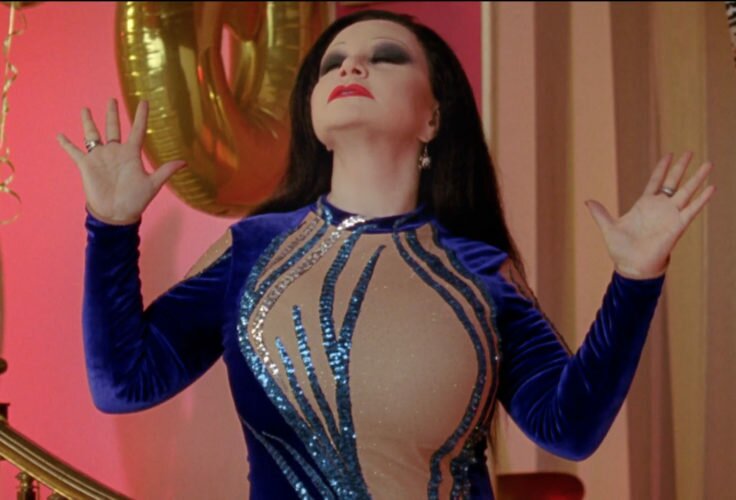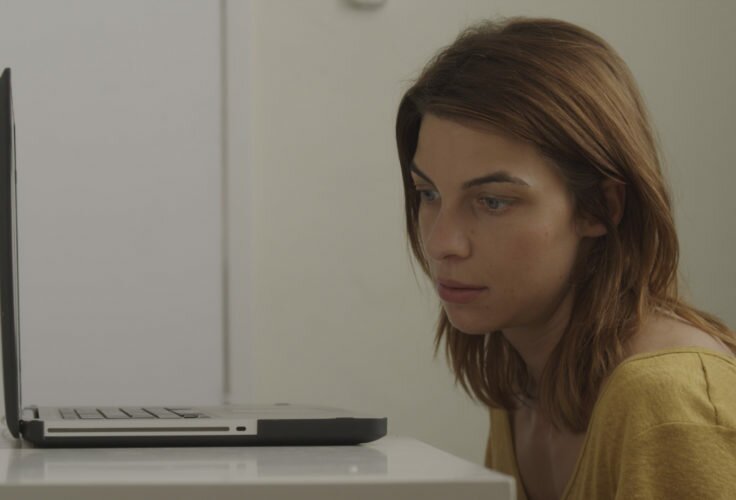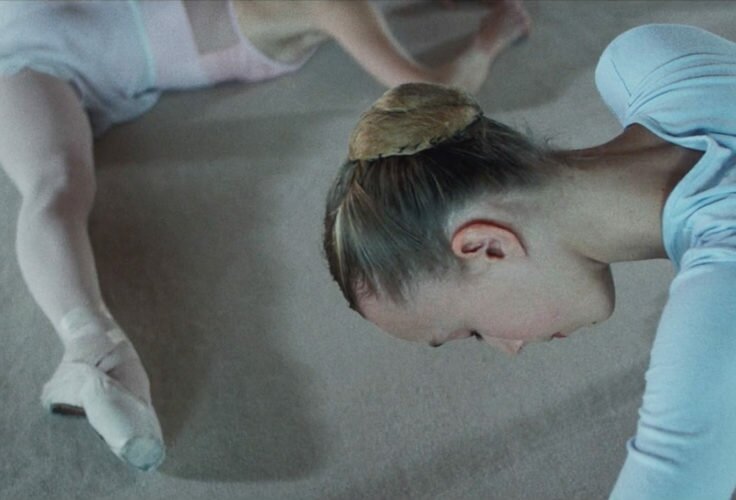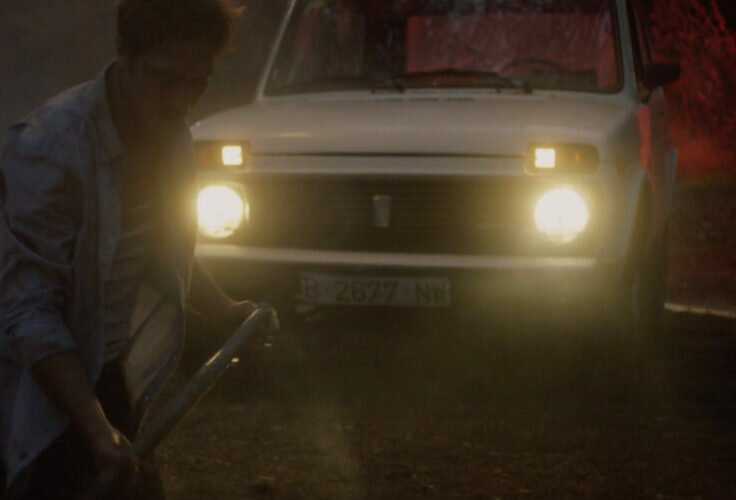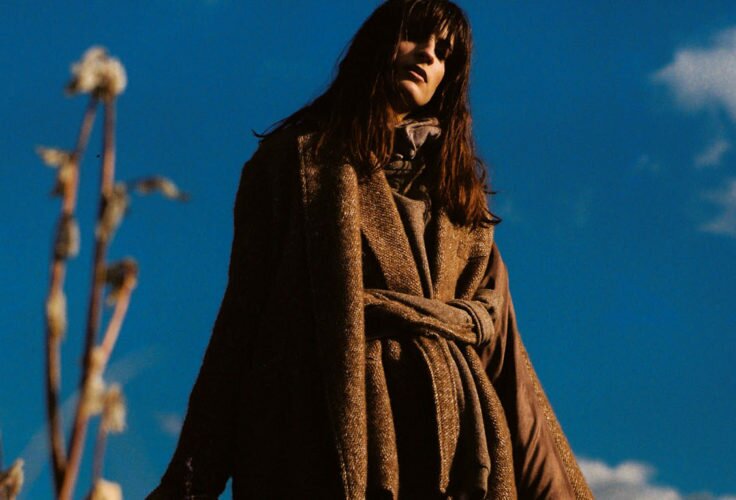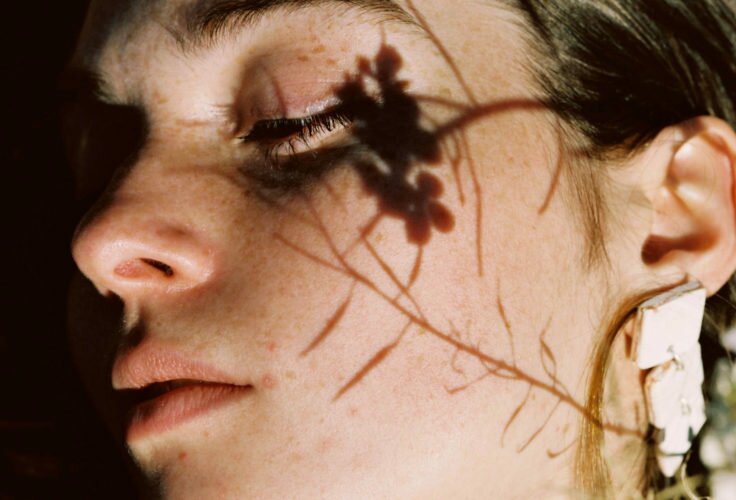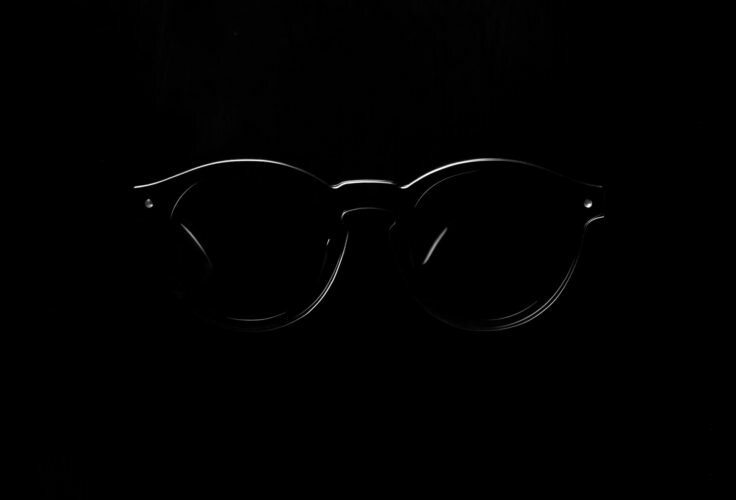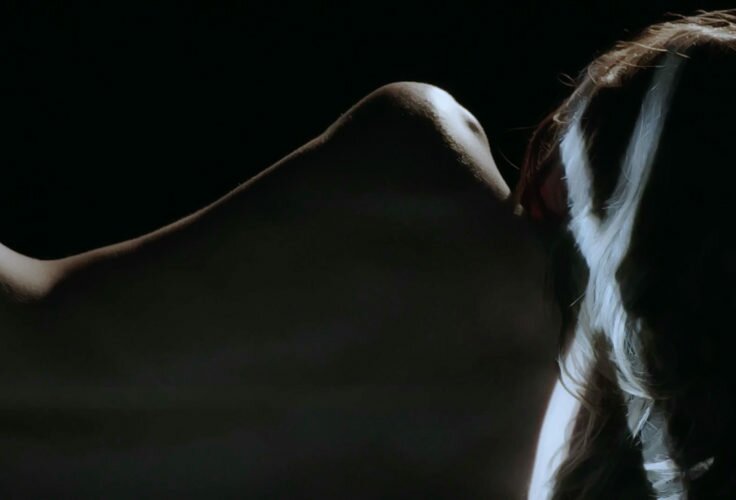Drake ha hecho un videoclip sobre recibir un tartazo en la cara, Child’s Play. Tyra Banks es la lanzadora. Y Ben Tuthill el testigo.
Abel Tesfaye vs.
One of the most appealing aspects of the start of The Weeknd‘s career was his anonymity. It was an effective mood-building strategy for what remains one of the most horrifying pop records of the 2000s; for those first nine tracks on 2011’s House of Balloons, there was no face to blame for all the numbed-out depravity. The Weeknd was just an evil voice in your head, tempting you, shaming you and ruining pretty much every party ever.
I was disappointed when I first saw The Weeknd’s face, not because Abel Tesfaye is a disappointingly normal-looking guy, but because his having a face at all took the overwhelming bleakness of The Weeknd’s music out of my head and let it settle on someone other than myself. As an anonymous record, House of Balloons wasn’t the expression of Abel Tesfaye’s particular numbness. It was an album that made me feel numb in a way that I couldn’t attribute to anyone but myself. It was alienating, it was awful, it was (in a solipsistic schadenfreude way) sort of fun. When Tesfaye finally showed his gloomy face in the video for , it was a disappointing relief; suddenly there was someone else to internalize all this nastiness.
Wicked Games is a perfect music video: a girl takes off her jacket, a Range Rover shines its headlights, Abel Tesfaye stares at the camera with an “I can’t feel my face” look and doesn’t notice anything. Since then, his videos have been a repetition of that model with increasingly noisy distractions. These include: women in various states of undress/emotional distress, blood, bullets, teeming fascist masses, … It’s a nice aesthetic, but it gets tiring and for the most part it leaves you feeling pretty cold. We’ve all seen plenty of videos featuring naked women, gun violences and Drake. For the visual to have any particular impact, something in the video needs to force us to care. When the anchoring visual of a video is a recognizable face who very much doesn’t care, its hard to feel anything in particular. In some ways this is sort of the point, I guess, but its not a very good one. There are a lot of things in the world that I don’t really care about. I don’t need to watch Tesfaye’s not caring about them to remind me that I don’t either.
The Hills, the lead-off video for Chapter III, sticks to the typical Weeknd mold. Tesfaye’s car is upside-down, his face is covered in blood, he’s getting slapped by models and he’s walking away from a well-timed explosion without even blinking. He feels nothing, I feel nothing. The world isn’t a boring place but it sure as hell bores me.
I’m haunted though, at least a little bit, by the final shot of The Hills. Tesfaye opens the door to what I assume is his bedroom and encounters (I guess I don’t really know what) three women: two of them typical dead-eyed Weeknd models, one of them an androgynous, hollow-cheeked vampire type who sort of looks like Caitlyn Jenner. I don’t know who they are or why they’re there. I don’t think Tesfaye does either. All we know is that there’s something about them that freaks him out. And that freaks me out. His numbness meets absolute numbness, and the whole thing creates a moment that isn’t just empty, but horrifyingly empty. Suddenly the look on his face doesn’t seem numb so much as sad.
That shot brings me back to the spooky absence that made the first Weeknd record so devastatingly good. It opens up to a numb, isolated depravity that exceeds any particular numb, isolated persona. For a second, The Weeknd isn’t Abel Tesfaye anymore: it’s an experience of a world, a world that’s a whole lot worse than I initially gave it credit. I can’t put a finger on what’s so wrong with it, but I can’t ignore the wrongness. Or I can, but that act of ignoring makes me feel a little bit sick.
Abel Tesfaye has a recognizable face now and he’ll always exist whenever we hear The Weeknd. But Grant Singer’s video opens us up to an experience beyond that face; one that plays by the depraved rules of The Weeknd’s music limiting itself to the bleak face of its singer. Tesfaye used to be the depraved villain at the center of The Weeknd universe. For a second he becomes a peripheral hero in a world whose depravity exceeds his own. Whether The Hills is indicative in the direction of Chapter III is TBD. But for a second at least its nice to be reminded of why I started tormenting myself with this guy’s music in the first place.
The Weeknd
– The Hills
“It was alienating, it was awful, it was
(in a solipsistic schadenfreude way) sort of fun.”





All images except The Hills single cover are from and show the original promotion for House of Balloons (2012).




